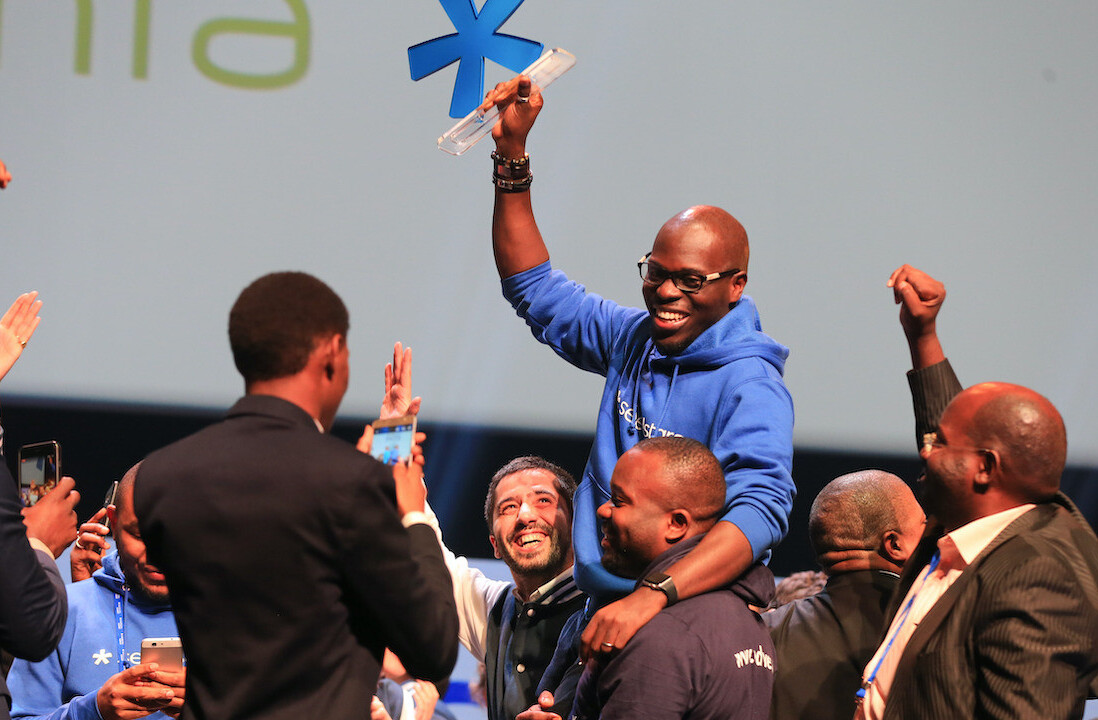
The popular Asian message service Line displayed impressive financial results earlier this month, and a leaked document from Taiwan (a presentation to potential customers) sheds light on one of the monetization models that the company employs.
Messaging services have always sought to diversify their monetization models and increase revenue streams. Line, as well as Korea-based Kakao Talk, both feature games. Earlier this year, California-based WhatsApp was said to be preparing to launch a games platform and Path started selling virtual stickers.
The leaked presentation from Taiwan shows that besides such diversification, Line has also been working on promoting a product known as official accounts – which companies can use to connect with online users.
Line charges thousands of dollars for each company
Excluding taxes of 20 percent, the one-off contract fee for a corporate account with Line lasting either half a year or one year will cost NTD 200,000 ($6,690). On top of that, Line will charge the company fees for both sending and receiving texts.
A company subscribing to Line’s corporate account will have to choose whether to cap its sent messages to its followers at 15 or 30 a month. For those who select a limit of 15 messages, the cost would range from NTD 150,000 ($5014) – for up to a maximum of 100,000 fans – to NTD 450,000 ($15,047) – for more than 600,000 fans. Companies that opt to send up to 30 messages a month would have to pay NTD 200,000($6,688) – NTD 500,000 ($16,719) according to the number of fans.
Based on which of the two plans a company takes up, it would also have to pay for any received texts. The first package – where sent messages are capped at 15 a month – would see companies pay NTD 0.10 for each text received up to 100,000 fans, while any single received text under the second package would cost NTD 0.067 each if the company has up to 100,000 fans. The price varies according to the company’s number of followers.
Besides these longer-term contracts, Line also offers companies the choice to go on plans that last for a shorter duration. These packages are all-inclusive – so a company gets to send up to 30 messages and receive unlimited texts from its followers ranging from NTD 400,000 ($13,375) for one month to NTD 900,000 ($30,085) for three months. The one-month plan excludes a feature called the “on-air capability” – which allows companies to broadcast to all of its fans, good for holding events such as lucky draws or quizzes where followers can interact directly. 
On top of just texts, Line – which is popular for its cutesy stickers that have appealed vastly to the Asian region – is also offering corporate sticker accounts. And it seems this is where the money is really rolling in.
The Line Taiwan presentation shows that it will cost NTD 1 million ($33,438) excluding taxes for the publishing fee whenever a company signs up to produce its own stickers under Line. The plan allows 8 stickers to be available for download for one month, and which users can use up to 6 months. (You can see an example of how companies use their sponsored stickers below.)
Line success reflected in its figures
For the first quarter of 2013, it is little wonder that Line managed to post revenue of 5.82 billion yen ($58 million) – showcasing a whopping 92% increase in income on the fourth quarter of 2012.
The figures were Line’s first results since it was in February spun off from parent company NHN Japan—the Japanese arm of Korean search giant Naver.
Recently, it was revealed that Line has 16 million users so far in Taiwan, and that it has passed the 23 million download mark in Indonesia for its whole suite of Line apps – which includes Line messenger, Line Games, Line Camera, and other Line apps.
This sort of creativity with its monetization model has likely helped boost Line’s appeal tremendously – by cleverly tapping on the thirst of companies to reach out to a mass audience easily but in a personalized manner (messaging always feels more personal), and allowing customers to connect real-time with companies.
Headline image via hushenpaul.pixnet
Get the TNW newsletter
Get the most important tech news in your inbox each week.






